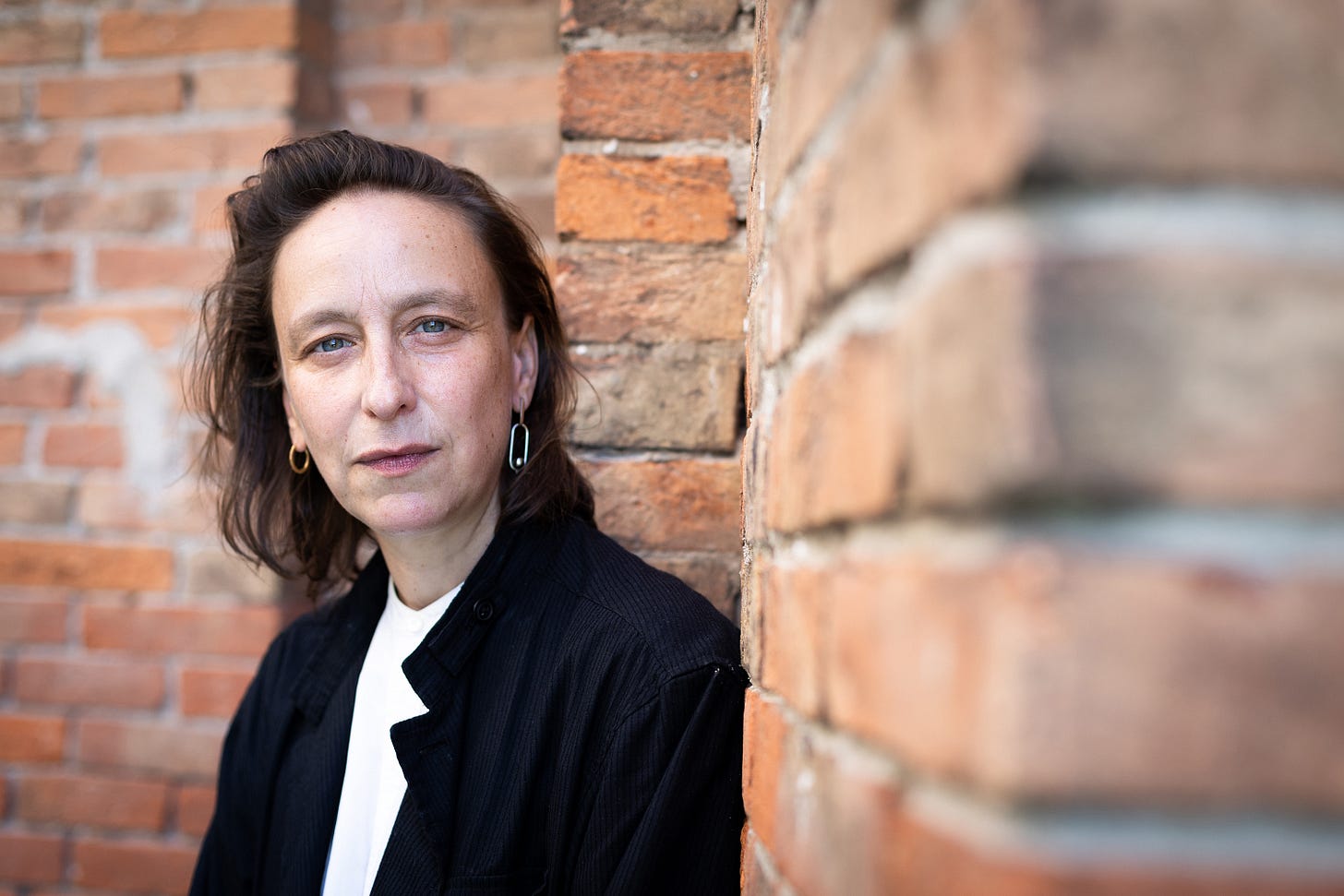Get rid of what your project needs
A peek into Céline Sciamma’s desire-driven process
Welcome to the 132nd issue of Subtle Maneuvers, my fortnightly newsletter on wriggling through a creative life. If you’re able to support the newsletter with a paid subscription, it means a lot a lot a lot—thank you!
Céline Sciamma (b. 1978)
Last time, I wrote about how the philosopher Gilles Deleuze and the psychoanalyst Félix Guattari developed a method of working together that Deleuze called “the flux.” He explained it like this: “We didn’t collaborate like two different people. We were more like two streams coming together to make a third stream, which I suppose was us.”
I love this idea—and I promised that, in this issue, I would propose a method of creating “the flux” in an individual practice. So here it is: The method I was thinking of comes from a 2022 New Yorker profile of the French filmmaker Céline Sciamma by Elif Batuman, which I read recently thanks to a link in Batuman’s newsletter, The Elif Life (which I’ve been savoring and highly recommend!).
Sciamma is a screenwriter and the director of five feature films, probably best known for 2019’s Portrait of a Lady on Fire. Batuman’s profile of her is absolutely worth reading in its entirety—but the part I want to focus on is when she describes Sciamma’s screenwriting process:
Sciamma begins work on a screenplay by drawing up two lists: a “desired” list, of the images and the lines that made her want to make the movie in the first place, and a “needed” list, of the scenes necessary to advance the plot. She then merges the lists, mapping the desired elements onto the needed scenes. She used to make a point of shooting any leftover needed scenes. Now she just crosses them off. By following this procedure, she says, you can end up “in a position where you have two scenes you want, without the bridge you need.” Confronted by such chasms, in the absence of bridges, Sciamma has discovered new ways of cutting, new rhythms, and new narratives.
Do you see where I’m going with this? Deleuze and Guattari discovered a way of working that was “like two streams coming together to make a third stream.” Sciamma’s process achieves something similar, I think, through this clever use of dueling lists.

In a 2020 lecture, Sciamma explained a bit more about this process:


